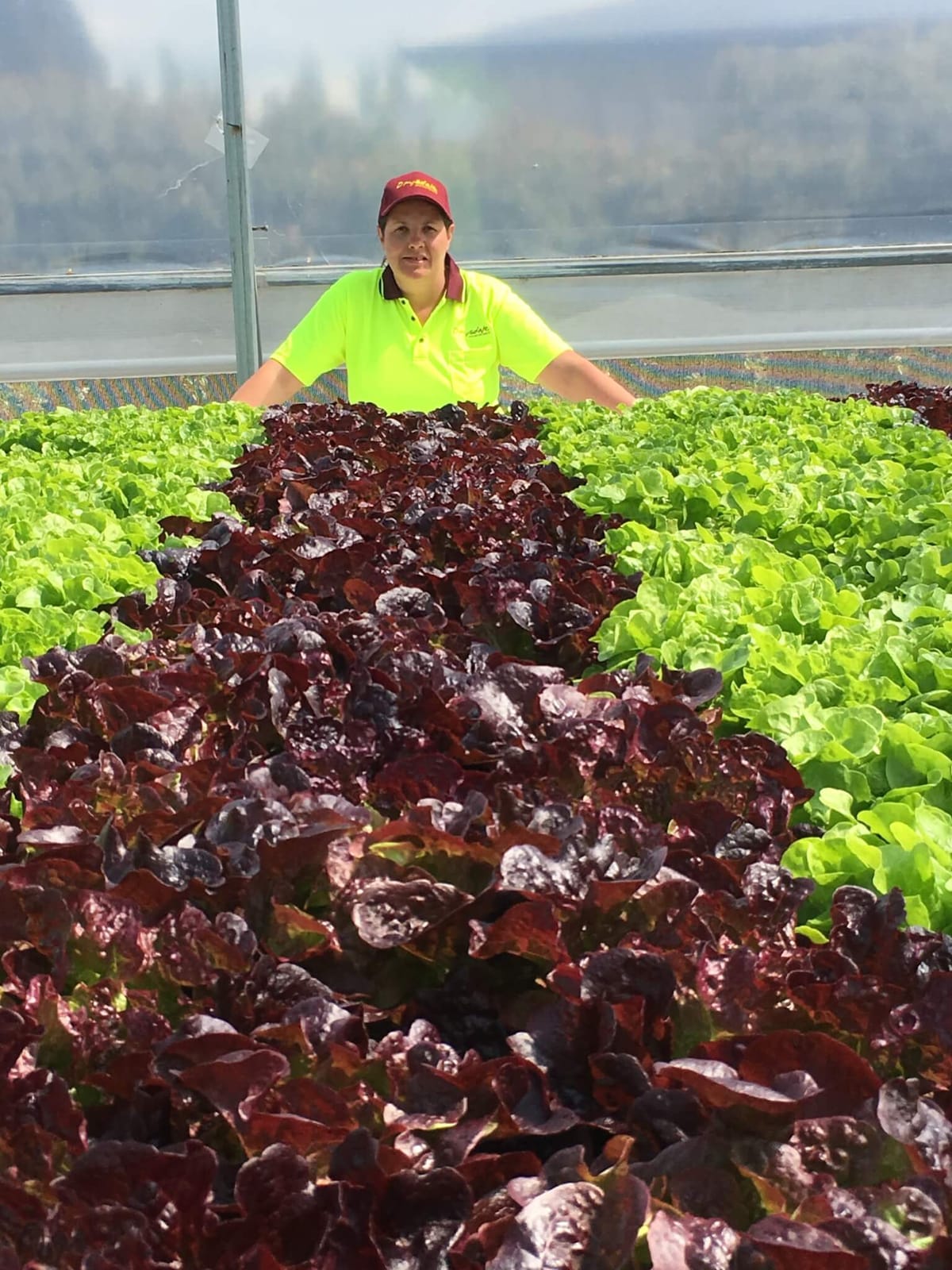A potentially revolutionary vertical growing system is the centrepiece of a $3.3 million Provincial Growth Fund-driven expansion for Drysdale Hydroponics – with 30 new jobs set to be created.
Angela Beazer and partner Craig Macalister have operated Southern Hydroponics, which trades as Drysdale Hydroponics, at Myross Bush near Invercargill, for the past seven years.
The company produces fancy lettuce and a small amount of other salad greens for Southland supermarkets and the café and restaurant trade, and employs about six to eight people during peak growing season.
The couple had toyed with the idea of expanding and diversifying the business, and the PGF presented the right opportunity for them to present their business case.
“We’re taking the risk to try something new and innovative, and we’re really excited about it. We think it has huge potential for hydroponics in New Zealand,” Beazer said.
A $2.5m PGF loan has given them the opportunity and confidence to commit to the project, Beazer said.
Two new greenhouses will be built – one will house strawberries, while the other will facilitate a wide range of vegetable crops, including capsicums and tomatoes.
One bay is set to house a revolutionary vertical farming system with five layers of growing beds in large tables – 120 in total – that can grow a wide range of crops, allowing the company to adapt to changing demand. The concept replicated outdoor growing but in an indoor temperature-controlled environment using LED lights, and had been designed by renowned hydroponics consultant Neville Stocker, alongside Beazer and Macalister.
“That’s the centrepiece of the expansion. As far as we know no-one’s done it on this scale before,” Beazer said.
They will initially grow micro vegetables and salad greens such as mesclun, rocket and baby spinach, and baby carrots, beetroot and broccoli in the vertical beds, then incorporate more traditional field-grown vegetables, such as outdoor lettuce varieties, cabbage, silver beet and onions. Some vegetables may be able to be grown out of season.
The current production area is 1600 square metres (sqm) and will increase to 6000sqm after the expansion. The expansion will create 30 new jobs.
Christchurch company Harford’s Greenhouses, which specialises in commercial hydroponic greenhouse projects was project managing the expansion and has engaged Southland contractors to complete most of the work during the construction and fit-out phase.
“We’ve tried to source everything possible we can from within New Zealand, and to tap into Southland’s existing expertise for the build phase of the project,” Beazer said.
The majority of fresh produce sold in Southland is imported from out of the region, including from the Waikato, Auckland and upper North Island.
“There is increasing awareness of and demand for locally grown produce, and the further fresh produce has to travel to get to your fridge, generally the shorter the shelf life,” Beazer said.
The February floods and then the Covid-19 lockdown had highlighted the importance of food security and having a more resilient food supply chain, Beazer said.
“The primary focus of the expansion is to increase the amount of good quality, locally grown produce into Southland and Central Otago with a shortened supply chain.”
The expanded operation, which will also feature a new packhouse, was expected to be up and running by February 2021, she said.
Related:
https://whatsoninvers.nz/champion-of-the-regions-brings-the-dosh/

